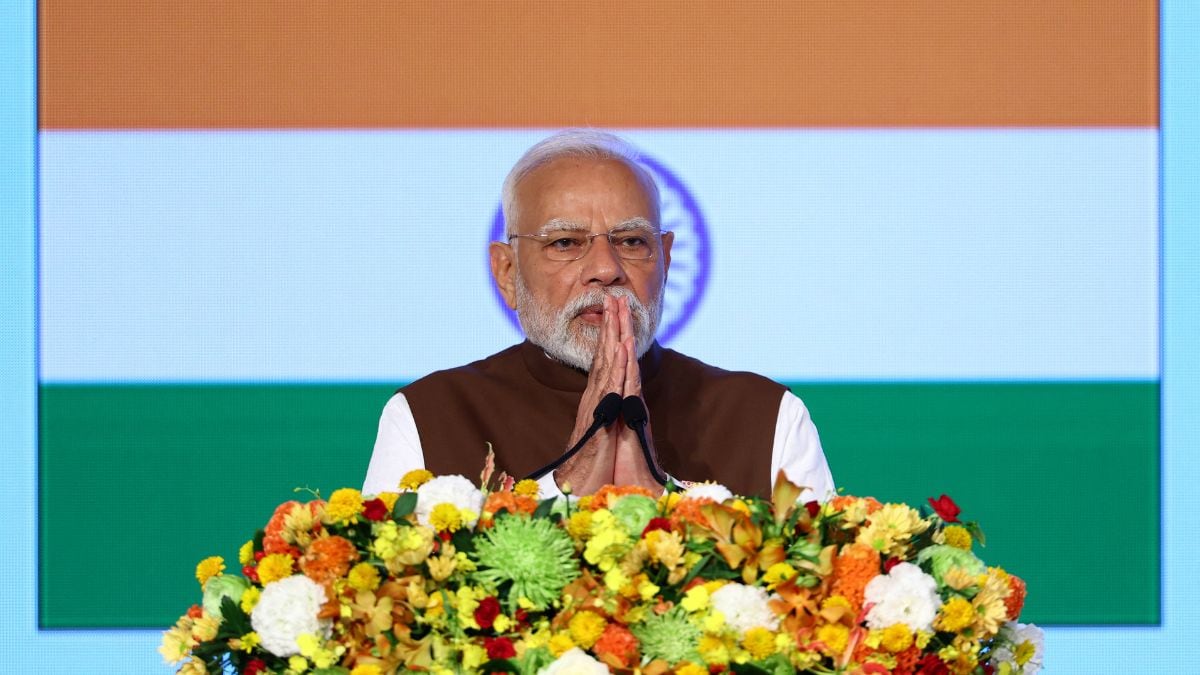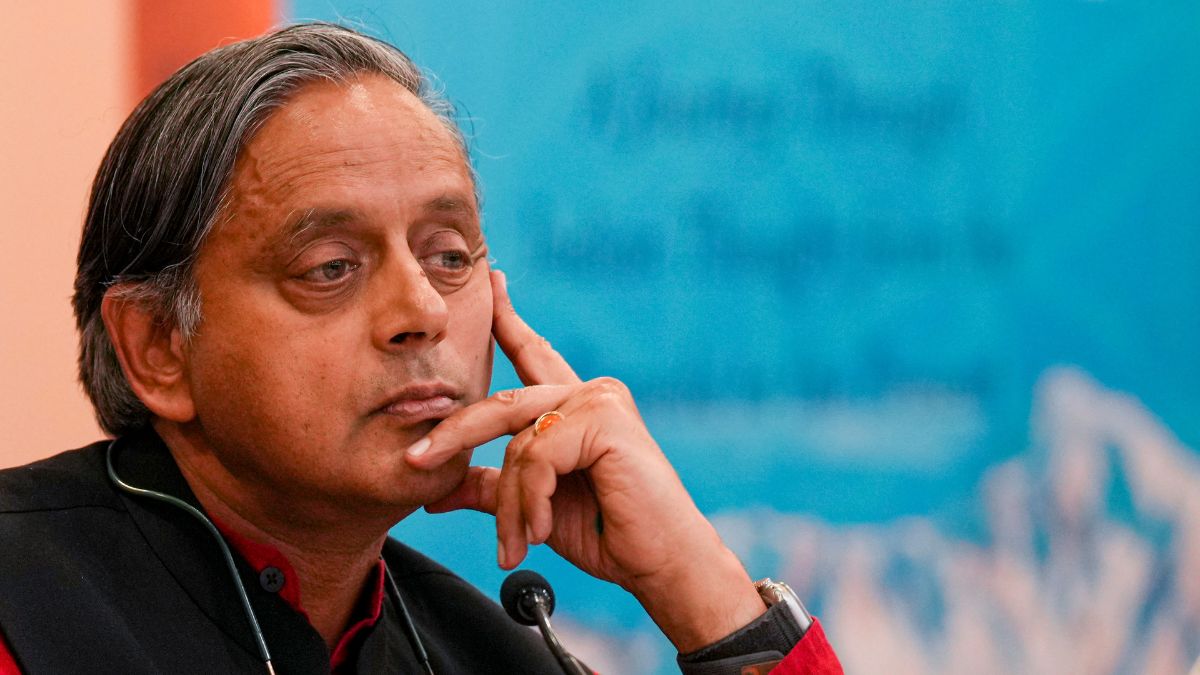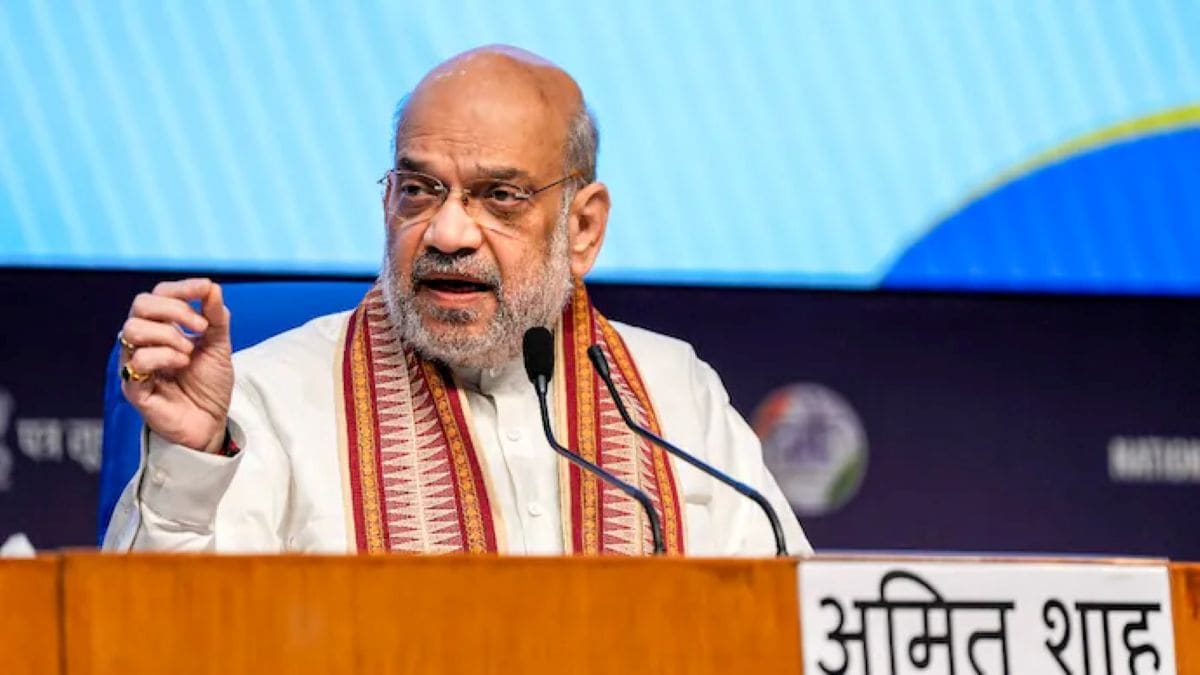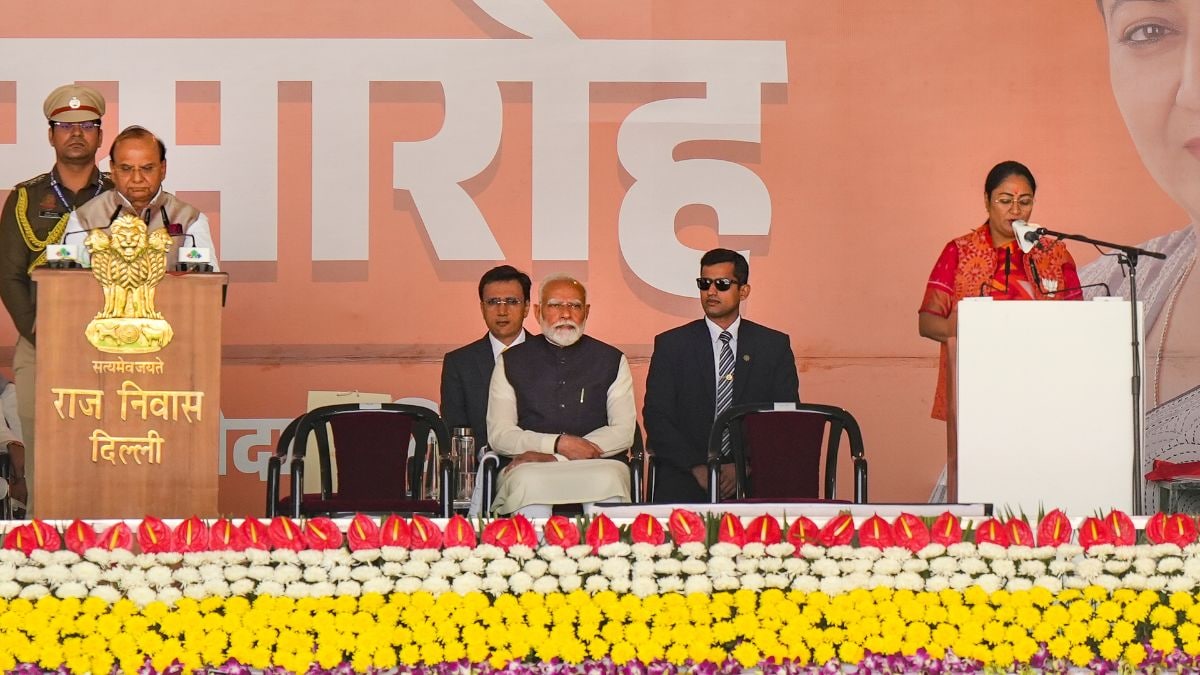The skies above our borders are no longer empty. They hum with drones, buzz with loitering munitions, and crackle with threats that move faster than traditional defences can respond. For years, our soldiers on the western and northern frontiers have watched these skies with equipment that belongs to a different era. That reality is about to change.
The India(BHARAT)n Army’s decision to induct the Anant Shastra Quick Reaction Surface-to-Air Missile system ( QRSAM) marks more than just another defence acquisition. It represents a fundamental shift in how we protect the men and women who stand between us and danger. When the Request for Proposal went out to Bharat Electronics Limited for five to six regiments, it wasn’t merely a transaction. It was a statement of intent.
Learning from Bitter Lessons
Operation Sindoor taught us what modern warfare looks like. The operation exposed how drones and precision-guided weapons, many of Chinese and Turkish origin, have transformed the battlefield into a three-dimensional chess game where yesterday’s rules no longer apply. Our adversaries have invested heavily in unmanned systems and standoff weapons precisely because they work. The Defence Acquisition Council’s swift approval of Anant Shastra following that operation shows that our leadership has been paying attention.
The OSA-AK systems that Anant Shastra will replace served us well, but they are relics from the 1980s Soviet arsenal. Asking them to counter today’s drone swarms and precision strikes is like bringing a typewriter to a coding competition. The gap between threat and capability had grown dangerously wide. Anant Shastra closes that gap.
Speed, Mobility, and the Mathematics of Survival
What makes Anant Shastra compelling isn’t just its impressive specifications, though those matter enormously. The system can engage targets between 30 to 40 kilometres away and reach altitudes up to 10 kilometres, creating a protective dome over the critical low-altitude airspace where drones, helicopters, and attack aircraft operate most effectively. This 0-10 kilometre altitude zone has become the most dangerous battlespace in modern conflicts, and Anant Shastra is specifically designed to dominate it.
The missile system uses high-speed solid-fuel rocket motors that provide the rapid acceleration needed to intercept fast-moving targets. Its pre-fragmented warheads are engineered to destroy not just aircraft and helicopters, but also drones, loitering munitions, rockets, and even short-range missiles. This versatility is crucial because tomorrow’s threat might look nothing like today’s.
But specifications on paper mean little without mobility. Mounted on 8×8 high-mobility vehicles, these systems can move with our armoured and artillery units across deserts, plains, and mountain terrain. When troops advance, their air defence advances with them. When they manoeuvre, their protective umbrella moves too. This is the fundamental difference between static defences that protect fixed installations and mobile systems that protect moving forces.
The multi-function radar provides 360-degree coverage, meaning there are no blind spots, no safe approaches for hostile aircraft or drones. The electronic warfare resilience ensures that even when adversaries attempt to jam or confuse the system, it continues to function. And the integration with the Army’s Akashteer control system means Anant Shastra doesn’t operate in isolation but as part of a coordinated defensive network that shares tracking data and threat information in real time.
This matters because modern attacks rarely come from a single direction or in a single form. They come in waves, from multiple vectors, mixing high-speed missiles with slow-moving drones, overwhelming defences through sheer variety. A system that can track everything simultaneously and engage threats all around isn’t a luxury. It’s the baseline requirement for survival.
The Atmanirbhar Dimension
Beyond tactical considerations lies strategic significance. Developed jointly by DRDO, Bharat Electronics Limited, and Bharat Dynamics Limited, Anant Shastra is entirely indigenous. Every component, every line of code, every design decision was made in India(BHARAT). This isn’t jingoism; it’s practical sovereignty.
When we depend on foreign suppliers for critical defence systems, we surrender a piece of our autonomy. We become vulnerable to supply chain disruptions, geopolitical pressures, and the whims of distant governments. We mortgage our security to others’ goodwill. Indigenous systems like Anant Shastra, the Zorawar light tank, and the Akash missile family break that dependence.
The Atmanirbhar Bharat initiative in defence isn’t about pride. It’s about ensuring that in our hour of need, we don’t discover that spare parts are stuck in a foreign warehouse or that software updates require diplomatic negotiations. It’s about building an industrial base that can sustain, maintain, and evolve our defensive capabilities on our own terms.
Layered Defence for Layered Threats
Anant Shastra joins a growing family of air defence systems that include Akash, MRSAM, Spyder, and the long-range S-400. Each system covers different altitudes, ranges, and threat types. Together, they create overlapping layers of protection where a target that slips past one system runs straight into another.
This layered approach recognises a fundamental truth about modern warfare: there is no silver bullet, no single system that can handle every threat. Ballistic missiles require different interception physics than cruise missiles. High-altitude targets demand different solutions than low-flying drones. Saturation attacks need different responses than precision strikes. Anant Shastra’s role in controlling the 0-10 kilometre air zone complements rather than competes with other systems.
The addition of new radars, jammers, and directed-energy weapons to counter drone swarms shows that our planners understand the threat environment continues to evolve. Today’s drone is tomorrow’s antique. Today’s countermeasure becomes tomorrow’s vulnerability. Staying ahead requires constant innovation and rapid deployment.
The Human Element
Lost sometimes in discussions of ranges, velocities, and radar cross-sections is the human dimension. Every Anant Shastra battery deployed is a group of soldiers who can sleep a bit easier, patrol a bit more confidently, and operate with the knowledge that something is watching the skies for them.
For the jawans stationed in Ladakh’s freezing heights or Rajasthan’s burning deserts, for the tank crews and artillery units that become sitting ducks without air cover, Anant Shastra isn’t an abstract capability. It’s the difference between being protected and being exposed, between having options and having none.
What Comes Next
The successful testing of Anant Shastra in various terrains, day and night conditions, and challenging environments demonstrates technical maturity. The system works. Now comes the harder part: manufacturing at scale, training personnel, developing operational doctrines, and integrating it seamlessly into combined arms operations.
Five to six regiments might sound modest, but the numbers tell a different story. In military terminology, a regiment of air defence systems typically comprises multiple batteries, each containing several launcher units, radars, command posts, and support vehicles. A single regiment can protect a significant operational area and defend multiple advancing formations simultaneously. When you multiply that capability across five or six regiments, you’re looking at comprehensive air defence coverage for entire corps-level operations along extended frontiers. Each regiment multiplies our defensive capacity significantly. As production ramps up and lessons from field deployment inform improvements, subsequent orders will follow. This initial induction is the foundation for a broader transformation of our air defence architecture.
The real measure of Anant Shastra’s success won’t be found in specifications or test reports. It will be found in the absence of headlines about our troops being vulnerable to air attacks. It will be measured in the calculations our adversaries make when they realise that our mobile forces no longer present easy targets. It will show in the confidence with which our military can plan operations knowing their flanks are protected.
A Shield, Not a Sword
Anant Shastra is fundamentally a defensive system. It doesn’t threaten anyone who isn’t threatening us. It doesn’t enable aggression or project power across borders. It protects. In an era when threats increasingly come from the air, when small drones can cause disproportionate damage, and when precision weapons have made every position potentially vulnerable, having an effective shield isn’t optional.
For too long, we relied on imported solutions to indigenous problems. We bought off the shelf instead of building on our soil. We hoped that technology transfer would eventually lead to self-sufficiency. Anant Shastra represents the maturation of a different approach, one where India(BHARAT)n engineers solve India(BHARAT)n challenges with India(BHARAT)n resources.
The path ahead requires sustained investment in research, manufacturing capacity, and human capital. It demands patience when development timelines stretch and pragmatism when designs need revision. It needs a commitment that outlasts political cycles and budgetary pressures. But the alternative is returning to dependence, and dependence in defence matters is a luxury no serious nation can afford.
As Anant Shastra systems begin rolling off production lines and into service, they will carry with them more than missiles and radars. They will carry the collective expertise of India(BHARAT)n scientists, the industrial capability of India(BHARAT)n manufacturers, and the hopes of India(BHARAT)n soldiers who have waited too long for protection that truly belongs to them. That, ultimately, is what makes this system significant. It is ours, completely and unequivocally, and in the dangerous world we inhabit, that might be its most important specification of all.
—–E.O.M
(Girish Linganna is an award-winning science communicator and a Defence, Aerospace & Geopolitical Analyst. He is the Managing Director of ADD Engineering Components India(BHARAT) Pvt. Ltd., a subsidiary of ADD Engineering GmbH, Germany.)





















































